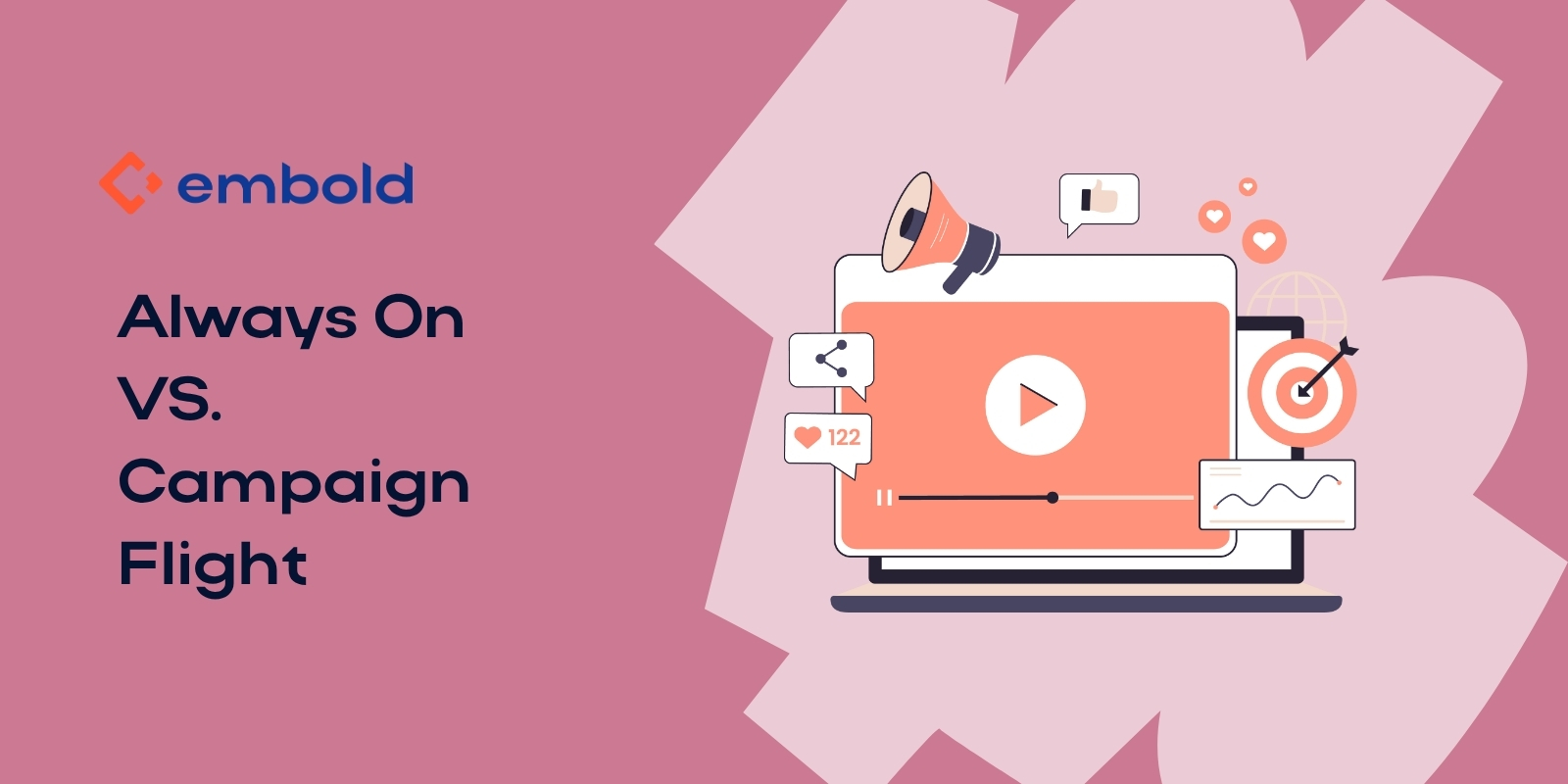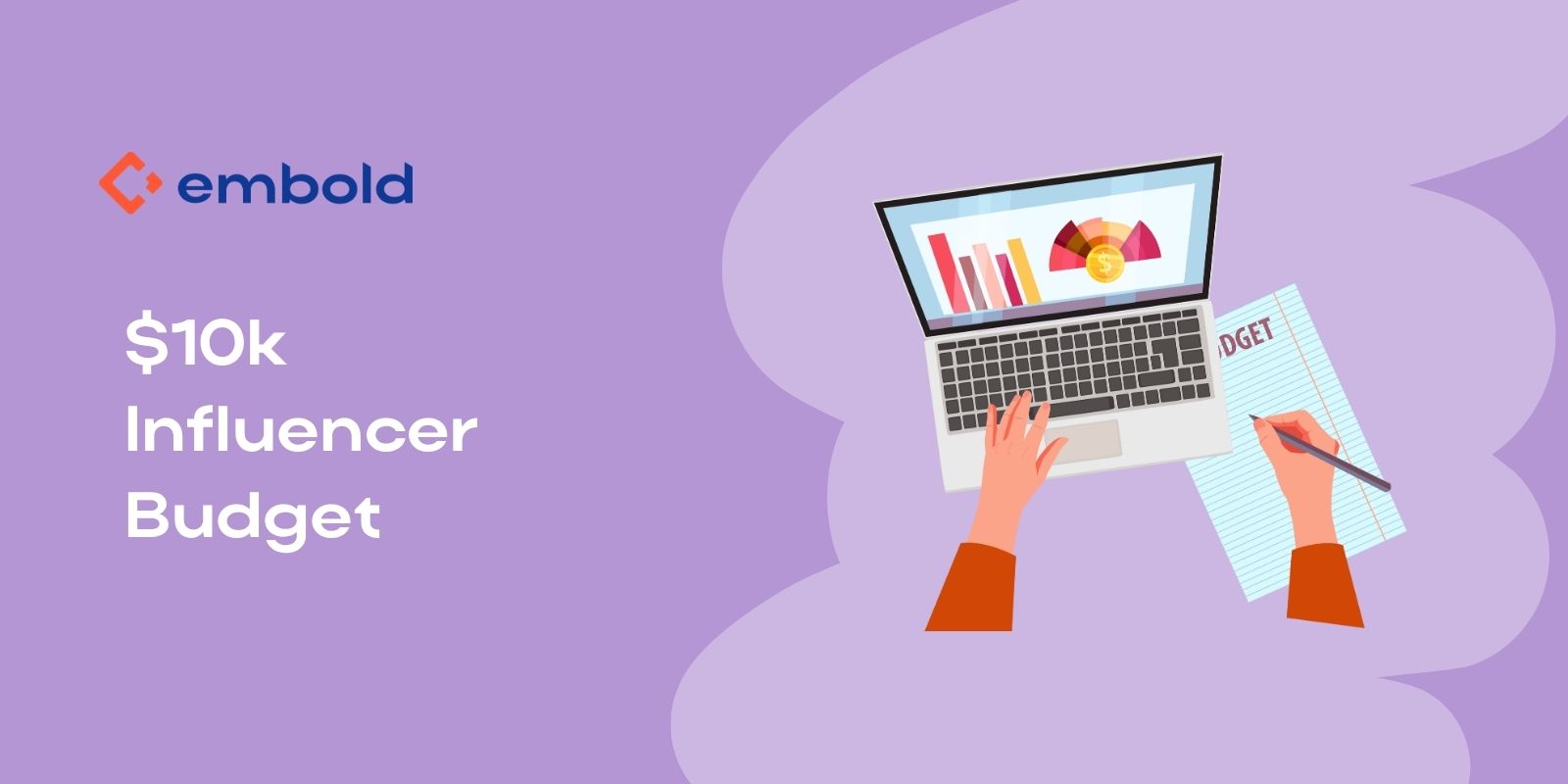
How to Build an Effective Influencer Marketing Strategy in 2025
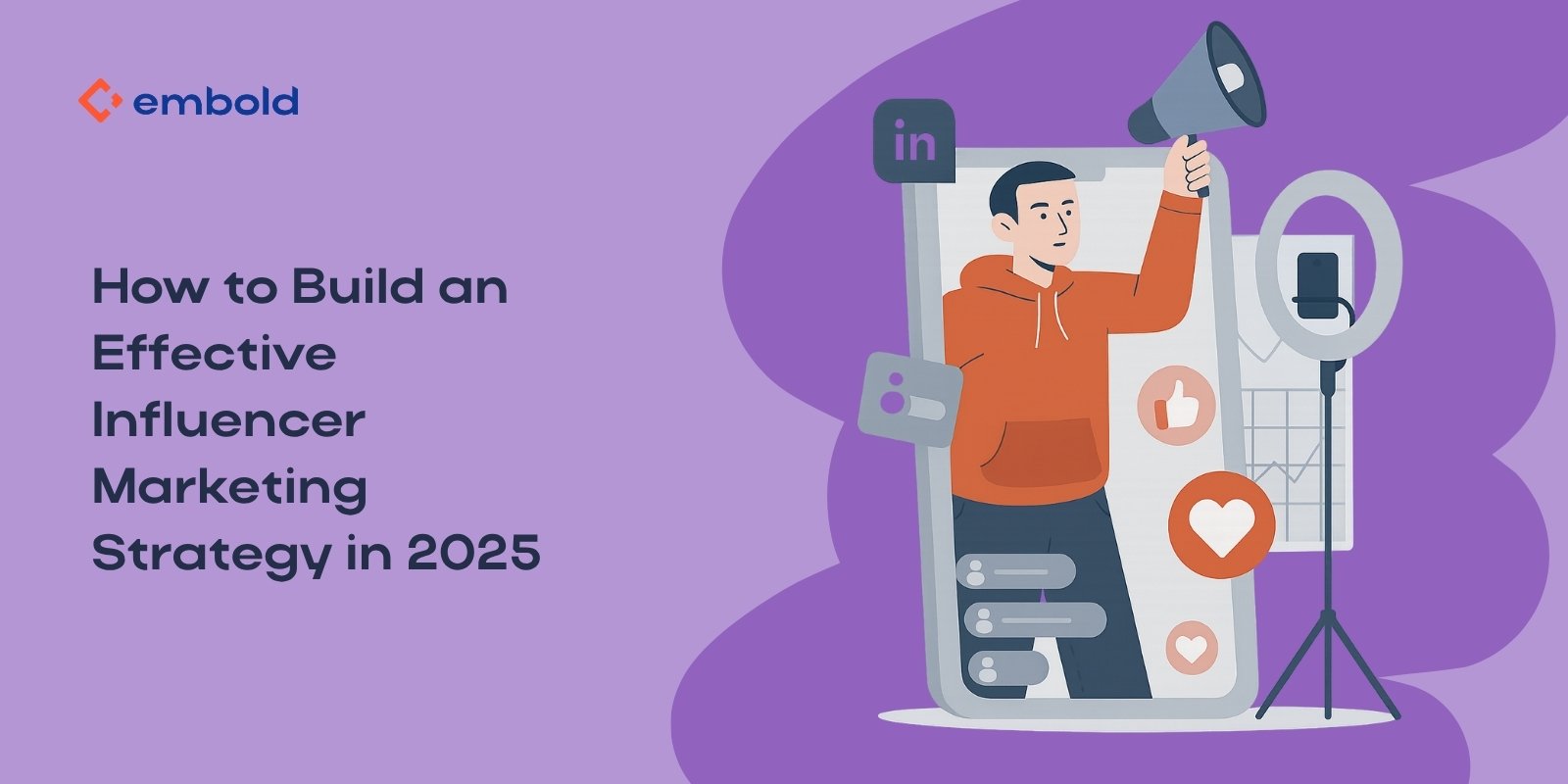
Influencer marketing has moved from experimental to essential. In 2025, it’s no longer about one-off sponsored posts. It’s about full-funnel campaigns, authentic partnerships, and ROI you can measure. For Canadian brands, building an effective influencer marketing strategy means going beyond trend-chasing and embracing what works for your market.
This guide combines proven fundamentals with 2025 insights to help you plan, execute, and scale a campaign tailored for Canadian consumers.
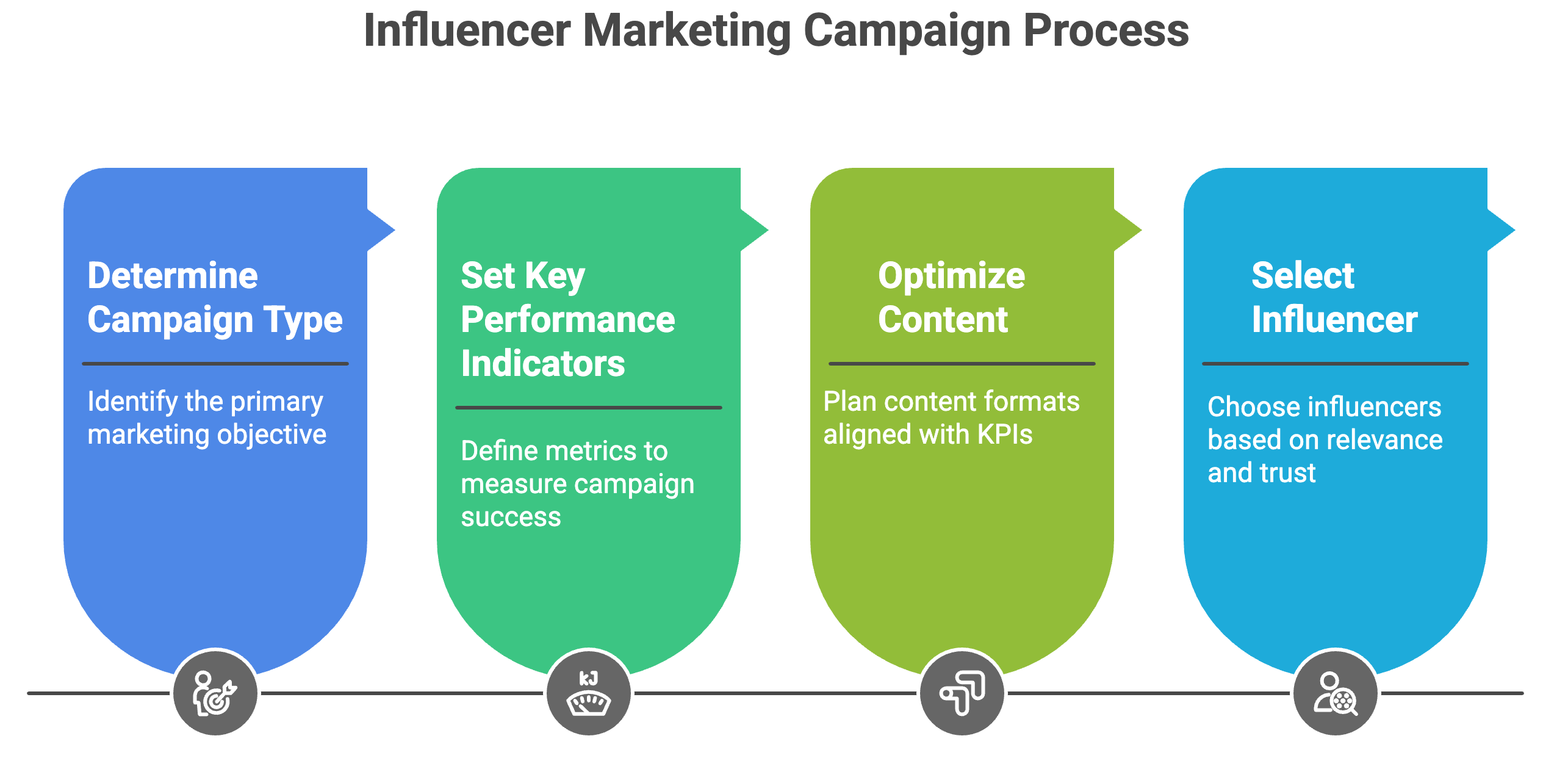
Step 1: Determine the Best Campaign Type
Ask yourself: What marketing and sales objectives are you trying to achieve with your campaign?
At Embold, we’ve run fully managed influencer campaigns for brands across industries, from retail, food, to financial services. And one thing is clear: the most successful campaigns start with a defined goal.
Types of influencer marketing campaigns:
- Brand Awareness: For visibility, recognition, and positive perception
- Product Launch: Drive buzz and early traction for new offerings
- Brand Ambassadorship: Build long-term trust and advocacy
- Lead Generation: Attract qualified prospects through CTAs and landing pages
- Event Promotion: Maximize visibility and attendance
- User Acquisition: Increase downloads, sign-ups, or account creation
- Conversion Campaigns: Directly drive purchases and revenue
Canadian Insight: Pick one objective to focus on when you're starting out. Campaigns that try to do too much often dilute their results.
Once you’ve chosen a campaign type, it's time to set the right performance metrics.
Step 2: Set Your Key Performance Indicators (KPIs)
With your goal defined, now you need to track the right metrics to evaluate success. Different campaign types call for different KPIs.
Examples by campaign type:
Brand Awareness
- Impressions, reach, brand mentions, and engagement rates
- Use social listening tools to assess sentiment and hashtag performance
Product Launch
- Pre-orders, website traffic, social buzz, and trials/demos started
- Media coverage or podcast mentions can be a powerful bonus
Brand Ambassadorship
- Content quality, audience growth, engagement over time
- Surveys and feedback to track brand affinity
Lead Generation
- Number of leads captured, conversion rates, cost per lead
- Longer-term nurture flows and email signups count, too
Event Promotion
- Registrations and ticket sales from campaign links
- Post-event feedback and campaign engagement
User Acquisition / Conversion
- Downloads, purchases, return on ad spend (RoAS), trial sign-ups
- Compare pre- and post-campaign performance for clear benchmarks
With Embold, you’ll get full visibility into performance through custom UTM links, platform dashboards, and influencer reporting.
Step 3: Optimize Content for Your Marketing Needs
Now it’s time to map out the content formats that align with your KPIs. Great influencer campaigns start with strategic content planning.
Content by campaign type:
Brand Awareness
- Instagram posts, YouTube videos, and blog features
Product Launch
- Unboxings, first impressions, Stories, and giveaways
Brand Ambassadorship
- YouTube series, takeovers, co-branded content, day-in-the-life posts
Lead Generation
- Swipe-up Stories, tutorials with links, downloadable lead magnets
Event Promotion
- Livestreams, recap videos, real-time Stories
User Acquisition / Conversion
- Discount codes, referral links, side-by-side demos or reviews
Platform Tip: Instagram still leads performance for most Embold campaigns, but TikTok and YouTube Shorts are gaining fast, especially with younger audiences.
Key Messaging Tips:
- Know your unique value prop (quality? price? sustainability?)
- Keep it simple and audience-first
- Let creators inject personality
- Provide talking points, not scripts
- Keep tone consistent across creators and formats
Step 4: Select the Optimal Influencer
Influencer discovery can make or break your campaign. Don’t just chase follower count, look for relevance, trust, and creative alignment.
What to evaluate:
- Does their audience match your target customer?
- Is their content on-brand and platform-native?
- Are they credible? Do they respond to comments and show up consistently?
Use tools like Embold’s influencer platform to filter by:
- Location (great for regional or store-based campaigns)
- Audience data (age, location, engagement quality)
- Past performance with similar brands
We also provide media kits and engagement analysis to help you make data-informed decisions.
Additional Strategy Tips
Communication is everything.
- Give creators a clear brief with deliverables, deadlines, and key messages
- Let them create in their own style, it’s why their audience trusts them
Compensation matters.
- Mix of paid, gifted, affiliate, or longer-term ambassadorships
- Small brands can still create value through exclusivity or future opportunities
Always stay compliant (see our influencer marketing compliance guide).
- In Canada, #ad or #sponsored is required by law (see our compliance guide)
- Include usage rights and legal language in your agreement
Build relationships.
- Long-term partners deliver better content and better results
- Show appreciation and collaborate often, it pays off in performance
Repurpose content across channels.
- Email, paid ads, website banners, reels, maximize your investment
Test and optimize.
- Monitor what works, scale high performers, and refine your content mix
Learn from others.
- Looking at successful campaigns across industries, brands can learn a lot from how others have used niche influencers and regional storytelling to drive measurable results in Canada.
Conclusion: Build for Trust, Not Just Reach
Influencer marketing in 2025 is about connection, not clout. It’s about building trust, nurturing communities, and tying every campaign to real business goals.
At Embold, we help Canadian brands plan, launch, and scale performance-driven influencer marketing campaigns, from discovery to reporting to long-term growth.
If you’re a Canadian brand looking to scale your influencer marketing, get in touch with Embold today.
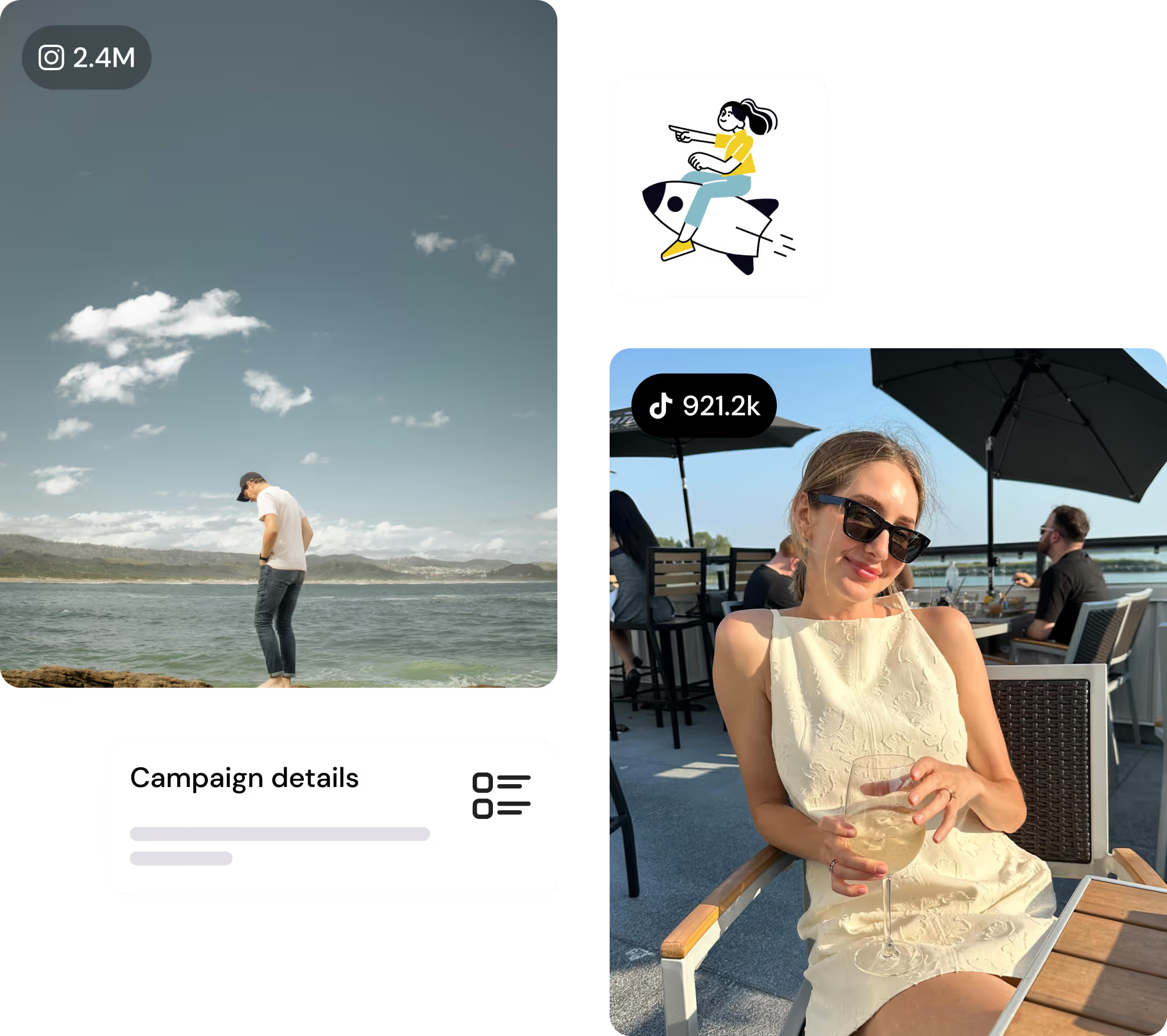
The all-in-one creator marketing platform built for Canadian brands
Plan, launch, and measure all your creator campaigns from one place.
.jpg)
